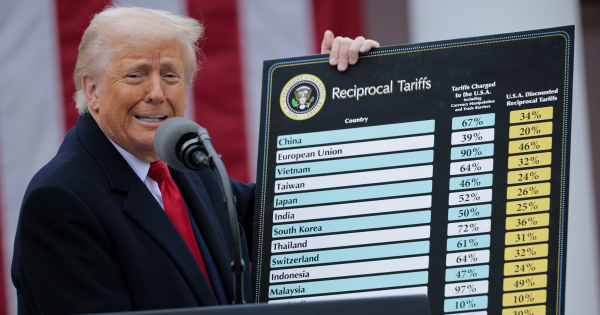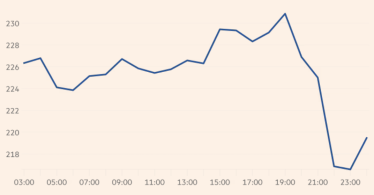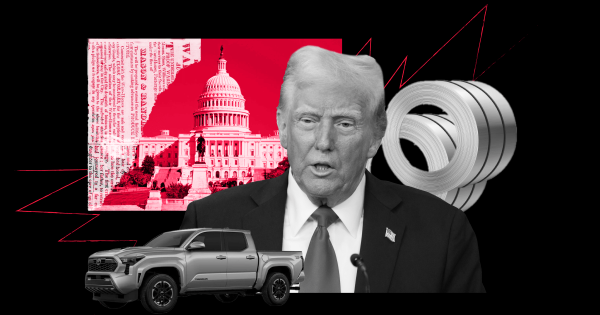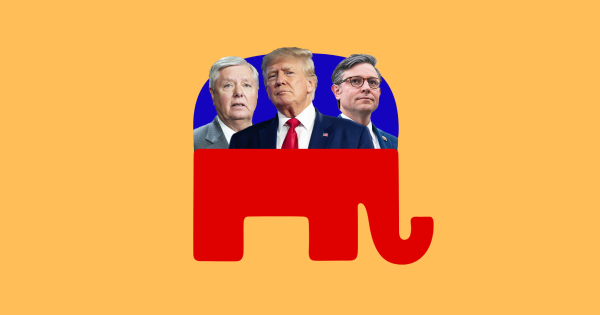
US President Donald Trump on April 2 imposed tariffs on all of America’s trading partners, publishing a list of them. However, the principle of their calculation remained unknown. The FT analyzed the formula for “reciprocal” tariffs and checked it against data for the first 24 countries on the list
A gift for true leaders
Forbes Certificate — 365 days of access to quality analytics, insights, and mind-blowing success stories. Buy Now
The White House announced on April 2 that it would impose tariffs on goods imported into the United States. President Donald Trump showed a table with a list of 74 countries + the EU and the amount of the tariffs. The new tariffs will take effect on April 5 and 9. The administration claims that the new tariffs are based on the US Trade Representative's calculations of “tariffs imposed on American goods.” But, as economist Paul Krugman has noted, these were not actual tariffs.
The White House appears to have taken the US trade deficit with each country, divided it by the total imports from that country, cut the resulting share in half and called it a “reciprocal” tariff, the FT writes.

Popular Category Innovations Date April 10 “We want to prove that Kyivstar is undervalued.” When will Kyivstar go on the IPO? Why would the amount of the deal with Uklon grow by $7–10 million every quarter? What else is the operator interested in? Interview with Oleksandr Komarov
This approach is consistent with the data for the first 24 countries on the list, and was tested by the FT authors without the use of AI. As an example, they cite that in 2024 the US imported goods from Bangladesh worth $8.4 billion and had a deficit of $6.2 billion. Dividing 6.2 by 8.4 gives 0.738 . The White House claims that Bangladesh “imposed” 74% of tariffs on the US by manipulating the currency and trade barriers.
The specific level of the “reciprocal” tariff is equal to half the deficit because “the president is good and wants to be humane to the world,” anonymous officials said in a New York Post commentary. The figures were calculated by the Council of Economic Advisers, based on the logic that the deficit is “the sum of all fraudulent practices” on the part of a trading partner, another anonymous official said.
But later the US Trade Representative released his own interpretation of the tariff approach. The White House is seeking to reduce the US trade deficit. Financial markets have already reacted: S&P 500 futures fell by 2.7%, Nasdaq – by 3.4%. Ethereum – also in the red.

This is what Ethereum's market capitalization looked like on the day the trade tariffs were introduced, $ billion. Sources: Coinmarketcap.com, FT Photo Coinmarketcap.com, FT
The White House invoked every possible authority to legalize the tariffs: the International Emergency Economic Powers Act, the National Emergencies Act, and Sections 604 and 301 of the Trade Act of 1974.
There have been many strange numbers in the debate about the overall impact of the new US tariffs. But the Yale Budget Lab did a good analysis and found that the tariffs imposed on March 3rd raised the effective US rate by another 11.5 percentage points, to 22.5%, the highest level since 1909.



